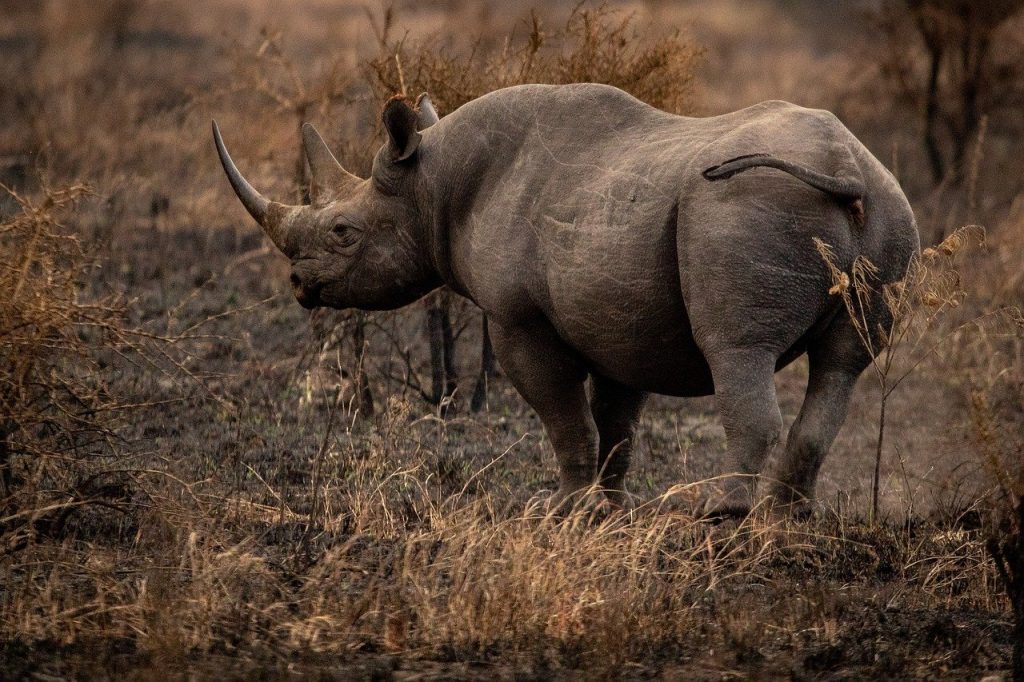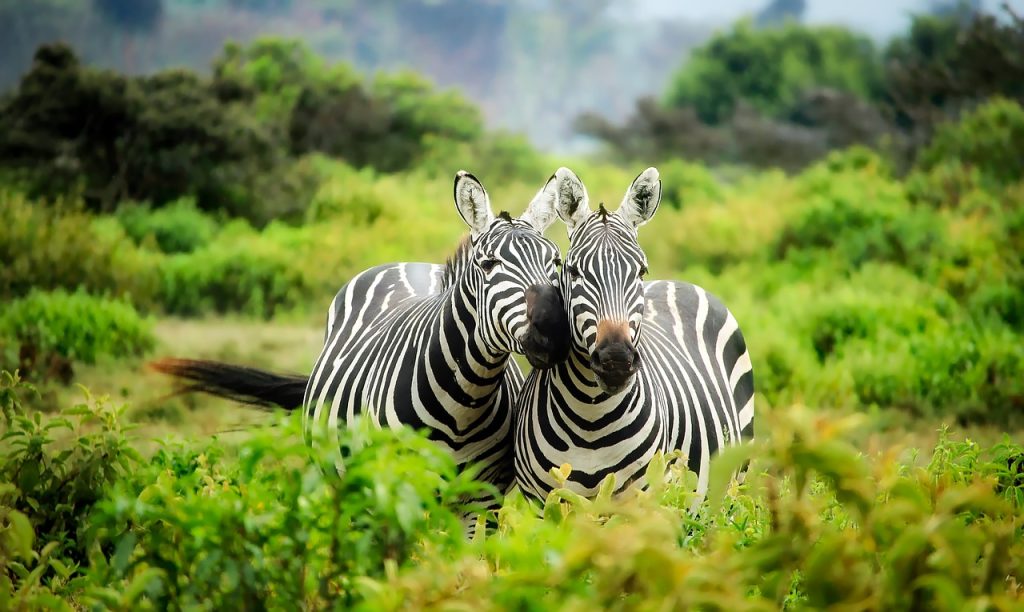In this era of globalization, we correlate wildlife with natural parks and sanctuaries. However, remaining animals in the wild face many threats from humans. Poaching and hunting endanger many of these animals. A lot of attention is now directed to breeding techniques. They are used to increase the number of wildlife in captivity. These steps ensure the protection of certain species. Hopefully, more positive conservation methods in the future will see a rise in their numbers.
Wildlife Protection Act
The international wildlife trade is estimated to be worth billions of dollars annually. This includes hundreds of millions of plant and animal specimens. Moreover, the trade is diverse, ranging from live animals and plants to a vast array of wildlife products. This includes food products, exotic leather goods, wooden musical instruments, timber and medicines. Levels of exploitation of some animal and plant species are high. Despite laws, they are still traded which reduces their numbers in the wild. Together with other factors, such as habitat loss, these animals’ populations can continue to deplete. So much so as to bring some species close to extinction. These reasons, cited by IUCN, resulted in the formation of CITES on the 3rd of March 1973. It stands for the Convention on International Trade in Endangered Species of Wild Fauna and Flora.

Wildlife Protection Acts in Different Countries
There are various Wildlife Protection Acts around the world. The Migratory Bird Treaty with Canada, signed by Great Britain in 1916, is one of them. The Migratory Bird and Game Mammal Treaty is another law. Signed in 1936, it protects migratory birds between the US and Mexico borders. Moreover, there is also the Antarctic Treaty. It prevents the entry of any birds, plants, or mammals into or out of the US or Canada that are native to the Antarctic. Among the others, the only law that governs wildlife habitat is the European Community (EC). While the Wildlife Protection Act in India prohibits the capturing, killing, injuring, destroying, and removing of any part of a wild animal. In 1974, the US, Canada, Denmark, Norway, and Russia signed the Polar Bear Treaty to protect its population. Lastly, the African Elephant Conservation Act protects elephants from exploitation and the poaching for their ivory.
5 Reasons Why We Need to Protect Wildlife
1. Medicinal Value
Plants form the major source of medicines. But did you know that some animals are also the source of medications? Venom from the cobra is an important factor in making the medications for leprosy. Similarly, lobsters are used in the production of antifungals. Apart from this, conserving wildlife means protecting their natural habitat. This includes trees and the wide variety of vegetation found in forest regions. This is important for promoting medicinal research and sustaining pharmaceutical industries.
2. Aesthetic Benefits
It can be relaxing and fun to watch wildlife in their natural habitats. Many people travel to areas under conservation such as zoological parks, lakes, oceans, forests, and mountains. This allows them to go camping, fishing, boat riding, and hiking. Studies have shown that people who engage in such outdoor activities, including hunting and watching animals, are not affected by stress and stress-related problems. Thus, conserving wildlife can help humans enjoy them in their natural habitats.

3. The Food Chain and Food Web
Animals in the wild depend on each other through food chains and food webs. For example, carnivorous animals, like lions, prey on herbivores such as deer. However, If deer become extinct, it is difficult for these big cats to survive. This, in turn, will affect other herbivores in the jungle. With no other choice, the cats will prey on the remaining animals to survive. This can greatly reduce the population of big animals like giraffes. Further, it upsets the food chain and food web.
4. Healthy Ecosystem
Protecting biodiversity will ensure ecological stability and balance in the world. Plants play an important role in maintaining a healthy ecosystem. However, they do so by balancing the amount of oxygen and carbon dioxide in the environment. If we fail to conserve wildlife and natural habitats, it can lead to disasters. Moreover, it includes the destruction of water supply sources and causes droughts and other calamities. Thus, uncontrolled human activities and logging must end. We need to safeguard ecological stability and balance in the world.
5. Future Generations
Failure to protect our biodiversity will affect our future generations. Will they be able to see the wild animals that exist today? Because of human activities, such as mining, many wild animals are disappearing. Many are even at the verge of extinction. Some of these animals are the Amur Leopard, Cross River Gorilla, Black and Javan Rhinoceros, Hawksbill Turtle, South China Tiger, Pangolin, and the Sumatran Elephant. We need immediate action to protect our biodiversity for future generations.
Major Wildlife Organizations
Wildlife organizations around the world help in the protection and conservation of flora and fauna. Amongst them is the World Wildlife Fund (WWF). It functions as a global fund-raising organization to finance international conservation. Another not-for-profit organization is Oceana. They aim to protect and conserve oceans at an international level. While the Jane Goodall Institute is dedicated to the conservation of chimpanzees and other primates. While the Royal Society for the Protection of Birds aims to protect threatened birds. Lastly, the Wildlife Conservation Society’s objective is to preserve natural areas and wildlife. They do this through conservation efforts, education, science, and mobilization.
8 Ways to Protect Wildlife
There are several ways to protect our wildlife from threats and possible extinctions. Given below are a list of methods to do just that.
- Adopt Wildlife: Certain wildlife conservation organizations allow you to “adopt” an animal. Of course, this “adoption” is symbolic.
- Volunteer to Protect Wildlife: There are several organizations where one can volunteer. Thus, donate more of your time to rescue, clean beaches, and/or teach visitors.
- Visit Wildlife: Zoos, aquariums, and National Parks are home to a variety of wildlife. Therefore, our valuable donations helps directly to protect these natural conservation areas.
- Speak up to Save Wildlife: Use your voice. This in turn will raise awareness about the need for the protection of wildlife.
- Buy responsibly: Do not purchase products from endangered animals or their parts. Thus, it can help prevent the re-occurrence of wildlife trafficking.
- Recycle: Trash carelessly thrown around is a common problem. Despite many efforts, this will pollute the natural resources. Recycling products should be the norm. Therefore, we need to involve ourselves in conservation methods like these. Minnesota Zoo encourages visitors to recycle mobile phones to reduce the demand for certain minerals. Thus it prevents the mining of the mineral from gorilla habitats.
- Restore: Conserve natural habitats by planting native trees and restoring wetlands.
- Peace parks: Implementing peace parks is a complex and lengthy process. However, it has far-reaching and positive effects. It is a testament to the power of partnerships. In this case, between governments, scientists, and locals. The Peace Parks Foundation also wishes to expand from its wildlife conservation goals. They want to ensure peace and prosperity for generations to come.
Conclusion
It is very important to protect and conserve our wildlife from extinction. But, many do not take part in such conservation activities. We must speak up, encourage each other, and spread the message of protecting wildlife. Thus, our combined action can help save our planet and the life around us.




















